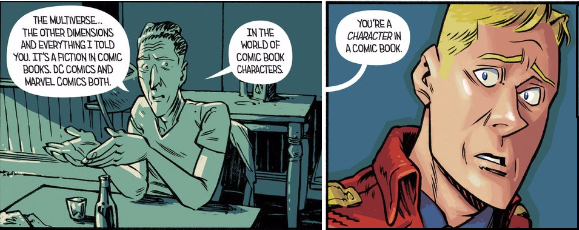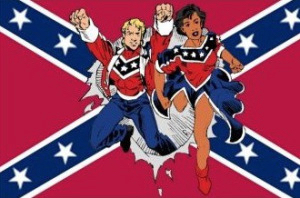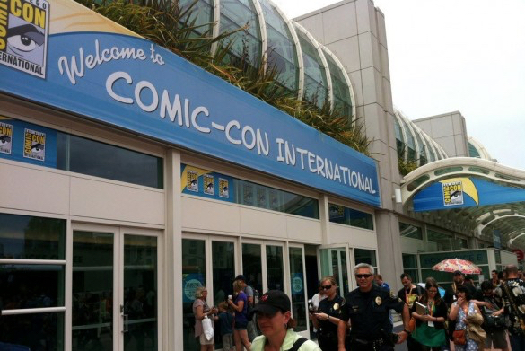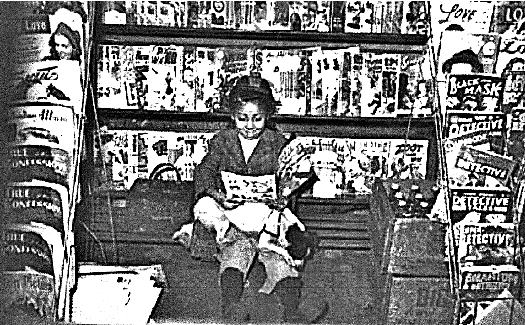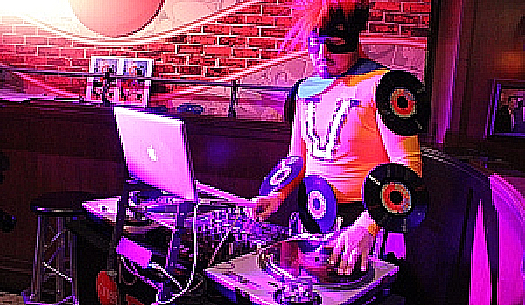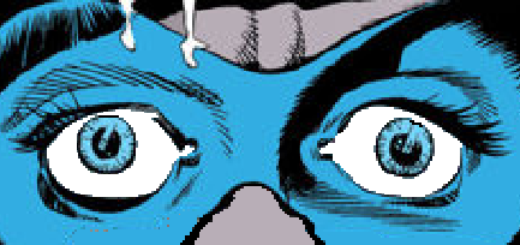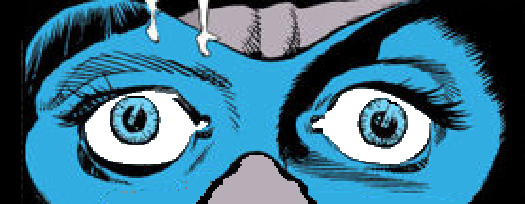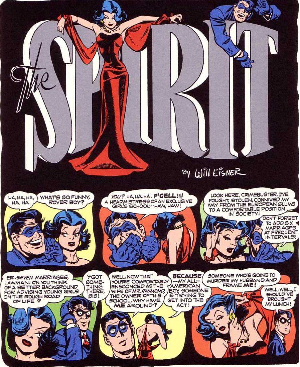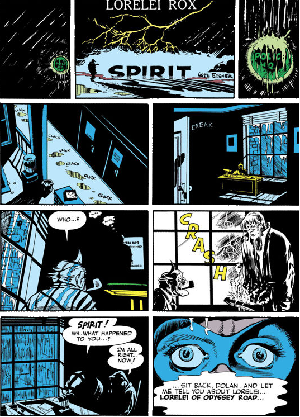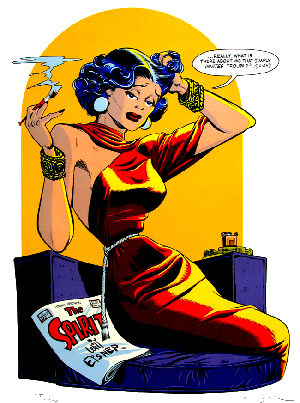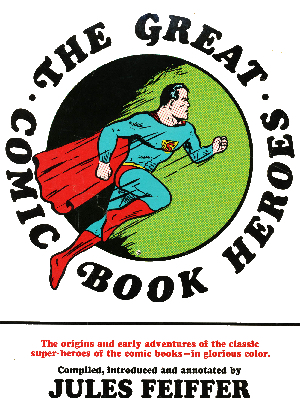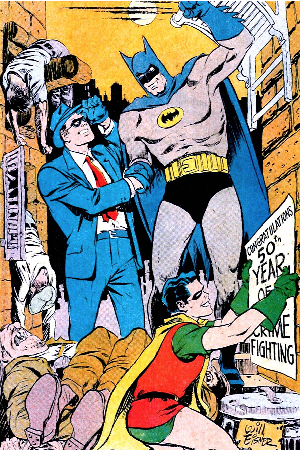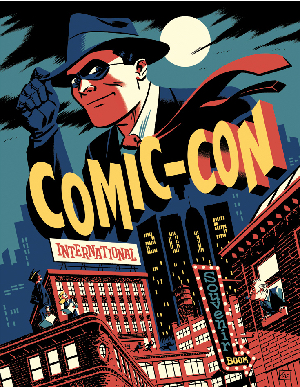Marc Alan Fishman: Bill Cosby, Subway Jared, and Arthur Suydam
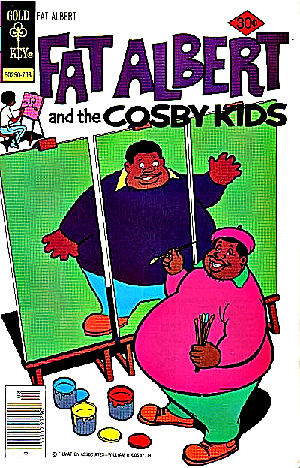 Are there good guys anymore? Perhaps just you, my loyal readers. This past week we’ve seen enough to be stark (no, not Tony) raving mad.
Are there good guys anymore? Perhaps just you, my loyal readers. This past week we’ve seen enough to be stark (no, not Tony) raving mad.
First, the Associated Press finally caught Bill Cosby with his pants down – so to speak. Any more of his bluster is now faced with the truth that under oath he admitted to having drugged women prior to engaging in sexual activities.
Speaking of sex crimes… Subway’s own Jared Fogel was detained this week under suspicion of owning child pornography. To be fair, he may yet be absolved – a former employee of his was previously caught with the same material – but the PR damage is done.
And in our little neck of the blogosphere, artist Arthur Suydam was caught pilfering adjacent tables at a recent comic-con akin perhaps to Hitler’s taking of Poland. Maybe I’m being a bit harsh? I was all soft and gooey last week. Screw it. Let’s get snarky!
The story, as Artie would have you believe, was that he arrived at the convention and was shown to his table. He set up as normal, and life was wonderful. Apparently you see, the promoters mistakenly displaced several artists in order to meet the request of Arthur taking on four tables in the Artist Alley. Now let’s be clear: no one was denied a table space. However, the promoters did have show materials (guides, programs, etc.) with those aforementioned detainees placed next to Suydam. Clearly as folks made their way around the show, trying to find those people who clearly weren’t Arthur resulted in a stalwart fans having to do a bit of unnecessary sleuthing to trip over their intended artists. Was Arthur in the wrong?
I’ve only a little doubt that he took up four tables rightfully. As I recall at several shows I’ve been at with him, he does typically squat over a larger footprint than others. This is necessary so he can display his mammoth one-note zombified prints. I’ll not deny he has artistic talent. And as a businessman, if he’s somehow able to make profit by paying for what constitutes a vendor-sized space selling his posters? Who am I to nay-say his entrepreneurial spirit!
Wait! I remember… I’m an indie creator who has to play by the rules with conventions. Conventions that likely never let individual artists usurp multiple tables within the Artist Alley. Why? Because the exhibition space is sold for those needing more than an eight-foot table to their name. And while Arthur himself may be more noteworthy due to his run as a Marvel Zombies cover artist then, say, a completely unknown artist, that shouldn’t necessarily grant him carte blanch to take a table away from someone who deserves an opportunity to be at the show too.
Now, I’m not a convention promoter, nor am I an event coordinator. But certainly if someone asked me to purchase multiple alley tables, my instinct is to immediately offer a space on the show floor proper, if real estate is so sought-after. The only time I’d be apt to let a man become his own island is if my Alley has more space than interest. At the comics convention Suydam attended, I sincerely doubt there weren’t a few people on a waiting list who would have chomped at the bit to be at the show. Instead, the comic convention world at large had an opportunity to call out Arthur on his bad practices.
It would seem, akin to the aforementioned Cosby, that Arthur Sudyam is a long-time criminal offender without an actual rapsheet. Many folks who can continue to enjoy their anonymity came forward during Tablegate (or the better coined #Sudyamized) to denote their stories of Arthur usurping space much like the shuffling zombies of his milieu. And given that Sudyam had to have his people respond to the allegations that swam across Bleeding Cool, Comic Book Resources, and Newsarama, it only makes him feel that much more guilty.
Beyond the small guys proclaiming their hatred, the well-named (and wonderful) Erik Larsen and Mark Waid stood tall to declare their spite as well, showcasing Sudyam’s posting of twitpics with obviously Photoshopped crowds to prove his, ah, drawing power.
Artie’s response: In a few words, he chalked it up to his people posting on his behalf as a representation not only of his line but the con experience in general. No harm, no foul he said. Sorry. I cry foul.
Simply put, Arthur Sudyam’s enterprise preys on show promoters, and blots out the sun of neighboring booths. While it’s not like he himself forces gawkers from lingering away from smaller tables to his mountain of material… it stands to be noted that it’s purveyors like him that make Unshaven Comics feel infinitesimal when all we have to our names is a 30” wide pop-up banner. But the mob has spoken, and Arthur Suydam’s name is unmistakably synonymous with ill-will. I’d consider that a win for the good guys.




